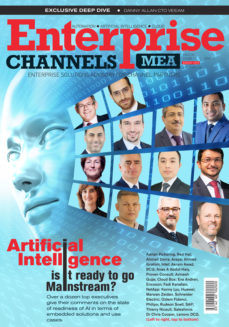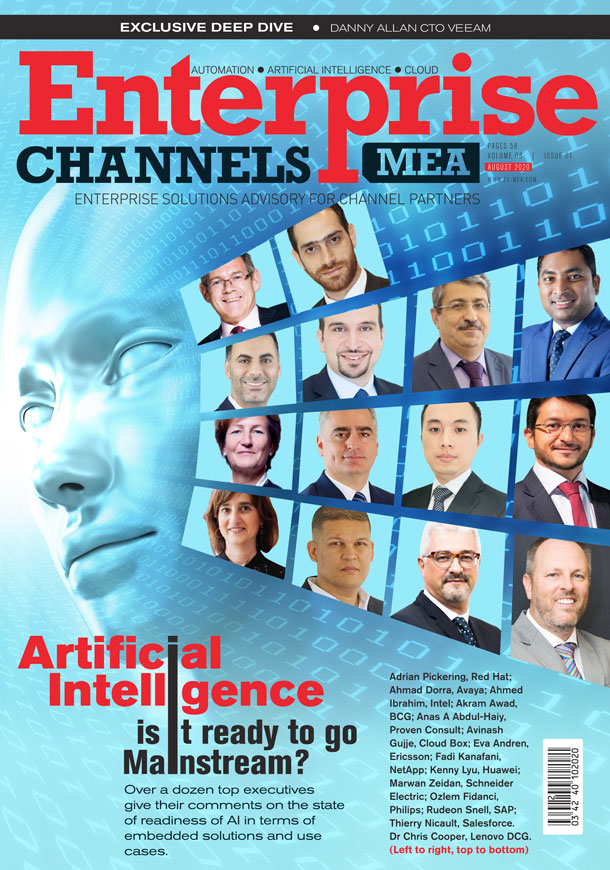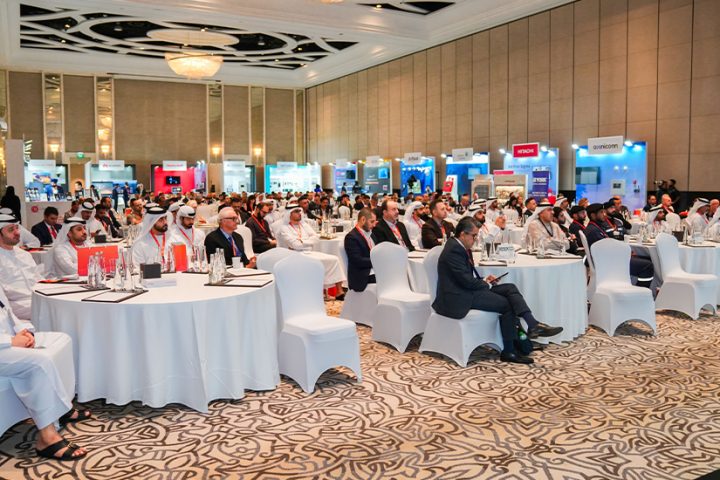By Arun Shankar
In the late eighties and early nineties, the Windows operating system for PCs and the Intel microprocessor architecture, began a stepwise innovation, to support improved graphics capability of Microsoft’s primary applications including the Browser and MS Office suites. The rest of the Microsoft ISV ecosystem followed in its suite, upgrading to better and better user interfaces and image resolution management. And for the rest of the PC system OEMs the roadmap was clear. Follow the hardware and software architectures set up by Intel and Microsoft, do your value additions, and sell out.
Almost 15-20 years later, we see the resurgence of another inflexion point, amongst many that have happened in the intervening years. Intel is beefing up its server and high-performance computing processors to manage the next generation of use cases built around extremely large data sets, so large that data modeling becomes a natural outcome, and around algorithms, machine learning, amongst others.
The use cases that are driving these innovations for now are around image management, face recognition, object detection, voice-speech-language-text duality, amongst others. Microsoft’s Windows will not be lagging behind Intel’s architectural disruption.
According to Ahmed Ibrahim at Intel, artificial intelligence and data analytics are the defining workloads of the coming decade. On June 18, 2020, Intel disclosed its latest hardware and software solutions that further accelerate artificial intelligence and data analytics workloads in data centers, cloud and in intelligent edge computing.
These solutions include CPUs, FPGA accelerators, memory and storage solutions and software solutions that ease the process for deploying artificial intelligence and data analytics workloads. The new 3rd Gen Intel Xeon Scalable processors are the foundation for artificial intelligence, with built-in artificial intelligence acceleration, and inference leadership.
These processors continue Intel’s initiative in built-in artificial intelligence and are the first mainstream server CPUs with built-in bfloat16 support, which increases artificial intelligence throughput by reducing the amount of data required for the same training accuracy.
According to Red Hat’s Adrian Pickering, organisations are using Red Hat OpenShift as the foundation for building artificial intelligence and machine-learning data science workflows and artificial intelligence-powered intelligent applications.
OpenShift helps to provide agility, flexibility, portability and scalability across the hybrid cloud, from cloud infrastructure to edge computing deployments. OpenShift is a necessity for developing and deploying machine learning models and intelligent applications into production more quickly and without vendor lock-in.
OpenShift delivers integrated DevOps capabilities for independent software vendors via Kubernetes Operators and NVIDIA GPU-powered infrastructure platforms. This combination can help organisations simplify the deployment and lifecycle management of artificial intelligence machine learning toolchains, as well as support hybrid cloud infrastructure.
With these enhancements, data scientists and software developers are empowered to better collaborate and innovate in the hybrid cloud, rather than simply manage infrastructure resource requests.
Research conducted by IDC suggests that the biggest opportunity for AI in the Middle East and Africa region is in the financial sector where it is estimated that 25% of all AI investment in the region predicted for 2021, or $28.3 million, will be spent on developing AI solutions. This is followed by the public services, including education and healthcare, and the manufacturing sector.
Says Dr Chris Cooper, General Manager, Lenovo DCG, artificial Intelligence has definitely a big role to play in managing unusual circumstances – particularly those that are hard to predict and require a fast response. The pandemic has shown that we are in need for AI-enabled early warning, prediction, and detection systems, as well as real-time monitoring of trends, but also for drug discovery and vaccine development.
According to Lenovo’s Cooper, the customer journey falls into three sections. There is the discovery phase, selection of the best infrastructure phase and deployment phase.
Read more about what 15 top executives have to say about artificial intelligence.

Asks BCG’s Akram Awad, could the world have done more with artificial intelligence if we were better prepared? Maybe. Yet nevertheless, these actions have represented a step-change moment in artificial intelligence application.
BCG’s Awad emphasizes that, many have a flawed perception of the artificial intelligence journey by viewing it as just another IT project. It is essential that buying into artificial intelligence is a strategic priority for leaders, much like digital was a few years ago.
Organisations should have a clear view of the business case for artificial intelligence, identify specific pilot use cases, and understand data integration needs along with organisational and capability hurdles before scaling up those use cases.
The deal-breaker is whether the organisation itself, along with business processes, can then be reimagined to capture artificial intelligence’s value fully, BCG’s Awad points out.
Artificial intelligence solutions and capabilities are applied to solve the right challenges, creating value where it matters the most. Eva Andren at Ericsson calls it AI by Design. Ericsson is not building a general-purpose artificial intelligence platform, trying to solve problems in every industry. Instead, Ericsson has invested in development of skills and capabilities in telcom artificial intelligence to address the very real and current challenges of the service providers.
Says Ericsson’s Eva, a lot of the work is driven by the fact that current networks are so complex that while humans can manage them, they cannot optimize them without the help of machines. So future networks must be able to handle errors and faults itself, either without the need for human interaction or augmenting the abilities of humans to make crucial decisions.
Artificial intelligence deployments are heterogenous in nature, says Fadi Kanafani at NetApp. On the infrastructure side for example, there needs to be knowledge of the full stack, including specialised features for artificial intelligence. Then there is the question of integration and interoperability. One must also navigate vertical requirements and individual application landscapes, and if needed contribute data science expertise.
Bear in mind that artificial intelligence technology is just the foundation, says Marwan Zeidan at Schneider Electric. Actionable insights, such as productivity, energy, power quality, environmental conditions, and potential risk of failure gleaned from continually training and re-training models, hold the real key to the data-driven decision-making behind valuable business outcomes.
Buildings and operations generate a huge amount of data from a variety of sensors and systems. Big data and analytics are bringing in an entirely new dimension and range of opportunities, whether it is predicting equipment failure, identifying sources of energy efficiency, or helping to better understand and plan space utilisation. These insights have the potential to help buildings and operations become hyper-efficient.
Artificial intelligence will enable clinicians to uncover correlations and patterns in health information to provide predictive care for entire populations – by spotting when groups of people in a certain city are likely to develop a disease. This enables clinicians to take preventative action, reduce health risk, and save unnecessary costs, explains Ozlem Fidanci at Philips. Hospitals can start to predict when we might need help, as well as where and when they will need extra beds, equipment or staff.
Recent research shows that 75% of business buyers consider emerging technologies, such as chatbots and voice assistants, changing their expectations of companies. In future, we can expect voice technology to be an integral part of apps that companies offer, making it easier for customers of all backgrounds to use in any situation, re-framing the way we engage with technology, says Thierry Nicault at Salesforce.
Read more about what 15 top executives have to say about artificial intelligence.



















